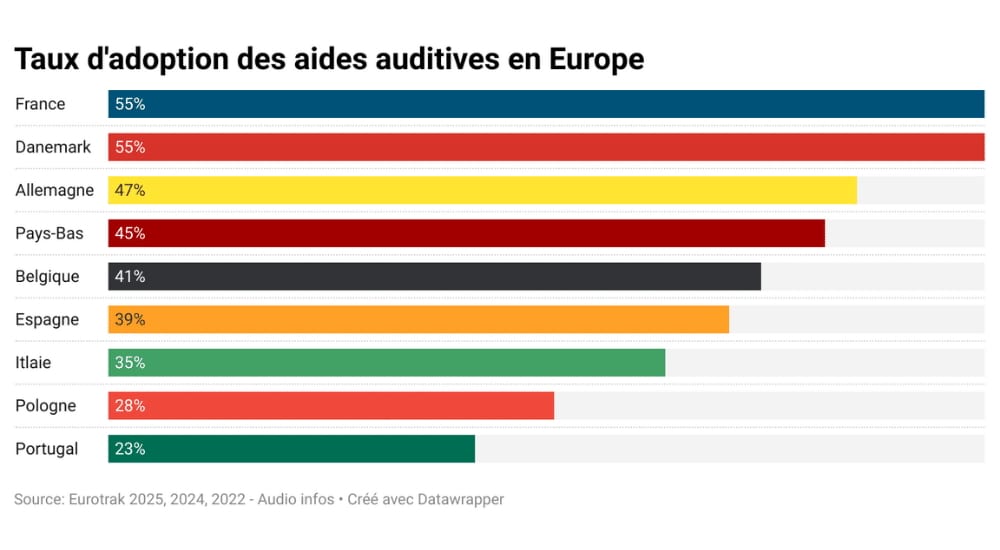New research study on hidden hearing loss
Synaptopathy
Researchers from Massachusetts Eye and Ear, Boston, MA, USA have found new evidence concerning synaptopathy, a condition also known as "hidden hearing loss" in young people with normal hearing sensitivity.

Recent scientific findings suggest that cilia are not the most vulnerable components of the inner ear but that the synapses between these cells and cochlear nerve terminals may be more important as the ear ages, or when exposure to noise occurs. This prompted the researchers to carry out a research study to investigate signs of cochlear synaptopathy.
The research team enrolled college students and divided them into either the low-risk or high-risk group. Cochlear function was assessed by otoacoustic emissions (OAEs) and click-evoked electrocochleography, while hearing was assessed by behavioral audiometry and word recognition with or without noise. “While hearing sensitivity and the ability to understand speech in quiet environments were the same across all subjects, we saw reduced responses from the auditory nerve in participants exposed to noise on a regular basis and, as expected, that loss was matched with difficulties understanding speech in noisy and reverberating environments,” explains Dr. Stéphane Maison, senior researcher working on the study.
Results showed a significant difference in the ratio between the waveform peaks generated by hair cells (summating potential – SP) and cochlear neurons (action potential – AP), the SP/AP ratio. The high-risk group also showed significantly poorer performance on word recognition in noise.
The authors suggest that the SP/AP ratio may be a useful diagnostic tool for hidden hearing loss that could change the way patients are tested, but may also open new research avenues, for instance to better understand the mechanisms that underlie a number of hearing disorders, such as tinnitus and hyperacusis.
Source: Science Daily; Liberman MC, et al. Toward a Differential Diagnosis of Hidden Hearing Loss in Humans. PLoS One. 2016 Sep 12;11(9):e0162726


